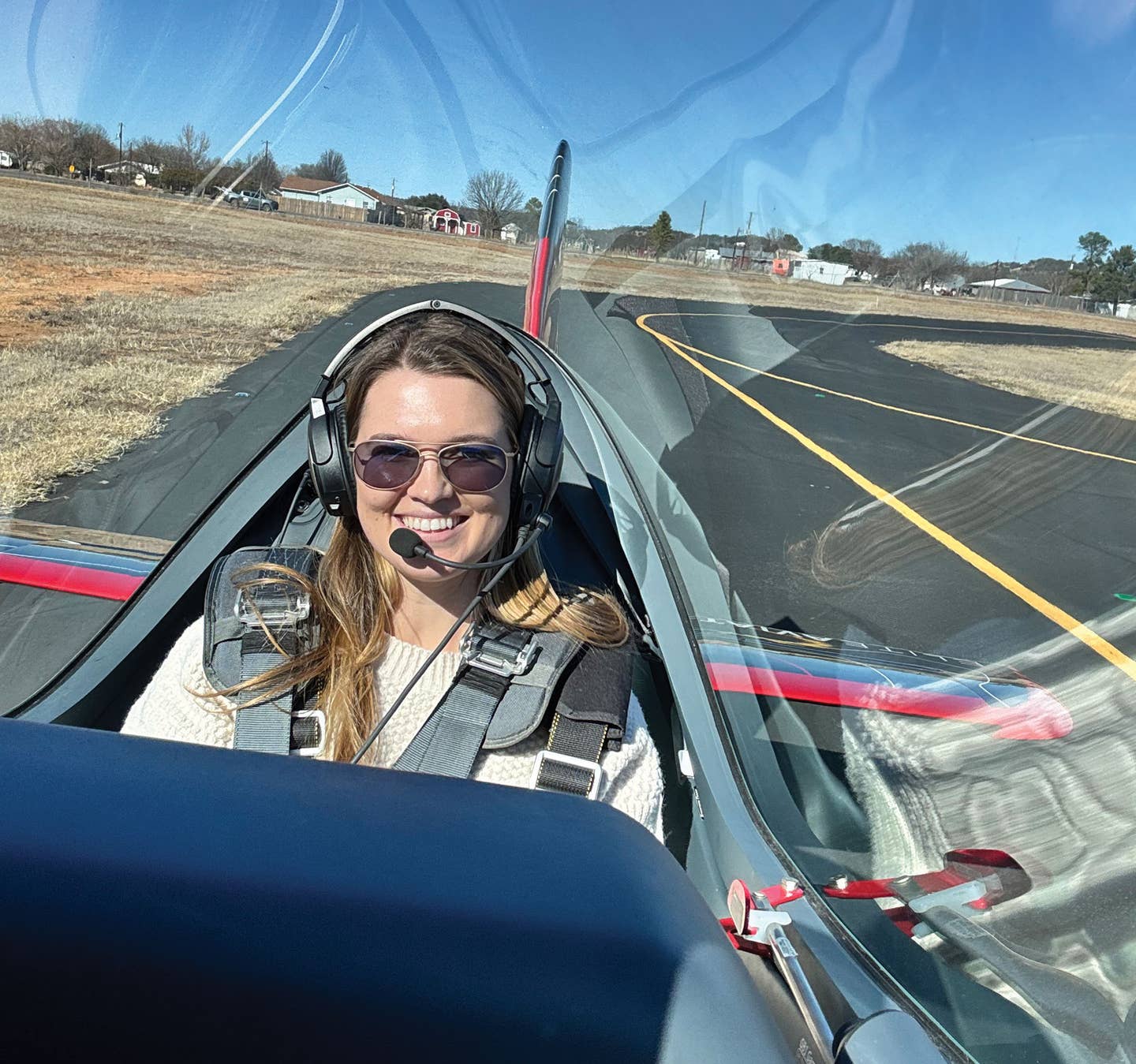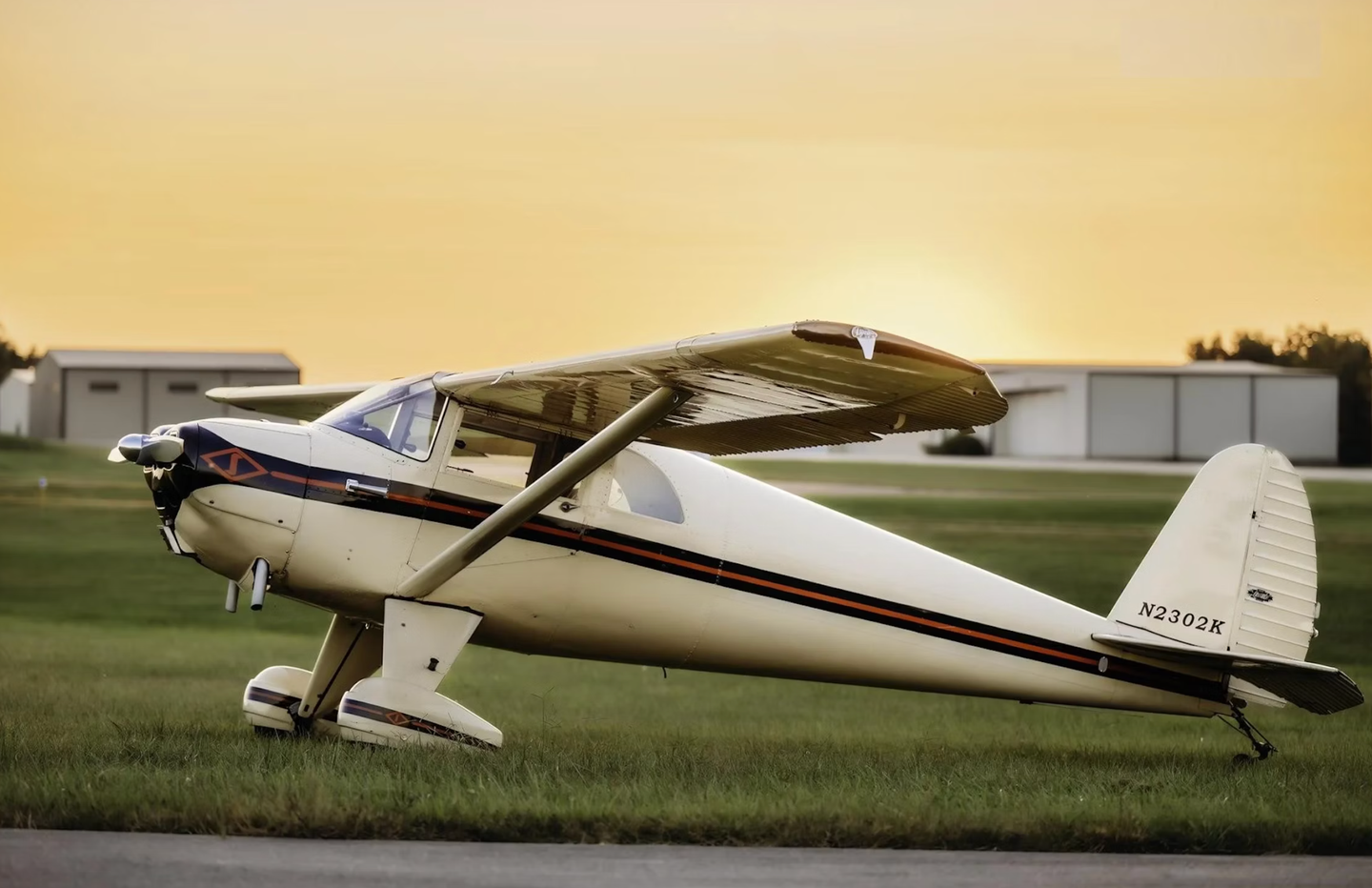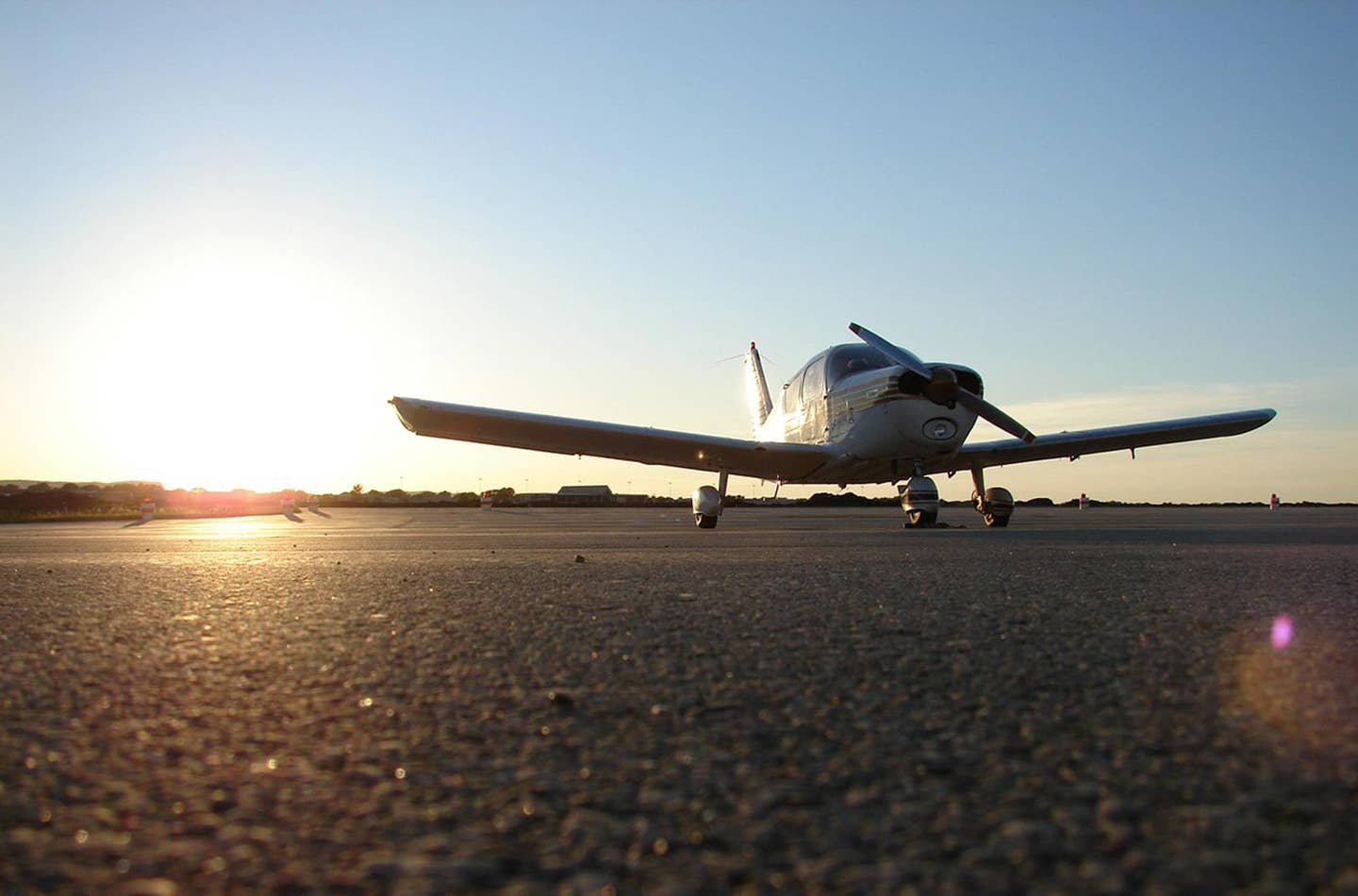
The team here at Plane & Pilot couldn’t be busier. With warm, summer flying upon us, that’s how it should be, right? In the last month, I’ve added four new airplanes to my logbook, and I don’t say that to brag. We are out flying, reviewing, and telling the stories of the airplanes that you’re interested in, whether that’s a Top Cub on floats or the economical light sport Jabiru.
With all these new types in such a short period of time, I am being reminded that an airplane is, and always will be, just an airplane. I don’t mean to downplay the luxury we have as pilots to strap on a pair of wings and take off into the wild blue yonder, but I do mean to emphasize that while a certain type might be new to you, don’t let the newness of a cockpit consume you.
I think back to my days as a newly minted private pilot. My first time at the controls of a Cessna 172 (at around 100 hours of flight time) was absolutely terrifying. I had completed the vast majority of my PPL training in an Aeronca Champ, so you can only imagine how out of place I felt in a side-by-side nose dragger equipped with a yoke rather than a stick. Don’t even get me started on the introduction of flaps and a Garmin 430. Long story short, it took several hours (and a very patient CFI) for me to feel confident and comfortable in perhaps one of the simplest airplanes out there.
Looking back, I now understand that my challenges with the 172 were merely a result of circumstances and little experience. If I would have learned to fly in a 172, I would have switched to a Champ and had the same problem. Through no fault of our own, we get comfortable flying the airplanes that we are used to, and only if we have an opportunity to “jump ship” do we realize it can be quite overwhelming if you aren’t used to different aircraft.
Through time and experience, I can wholeheartedly say that one of the reasons I am the halfway decent pilot I am today is thanks to the wide range of aircraft I have been able to fly. From a Cessna 150 all the way up to a Douglas DC-3, each of these airplanes have offered a slightly different perspective on flight. From learning about fuel management in a Beechcraft T-34 to syncing the props at the controls of a North American B-25, these airplanes are unique in their own right, but they all follow the same principles of flight.
While most of us don’t have the luxury of owning multiple aircraft, there are ways to try on different airplanes for size. If you’re based at a public airport, I encourage you to make flying friends. When you’re both comfortable with one another, broach the subject of going up for a flight to experience their Cessna 210. Or join a flying club, with a dashing, yet well-loved Super Decathlon, beater Cessna 182, and faded Piper Cherokee. Then there’s always the age-old answer of flying for a living as a CFI and building time toward a career as a professional pilot. Whether it’s a Piper Cub or Boeing 757, each type counts, and I’m convinced that with each type you add to your logbook, a touch of additional confidence and skill comes with it.
So, as you climb into the cockpit of a new-to-you airplane, take a breath, grab the checklist, and remember every airplane puts its figurative pants on the same way each morning.

Subscribe to Our Newsletter
Get the latest Plane & Pilot Magazine stories delivered directly to your inbox



